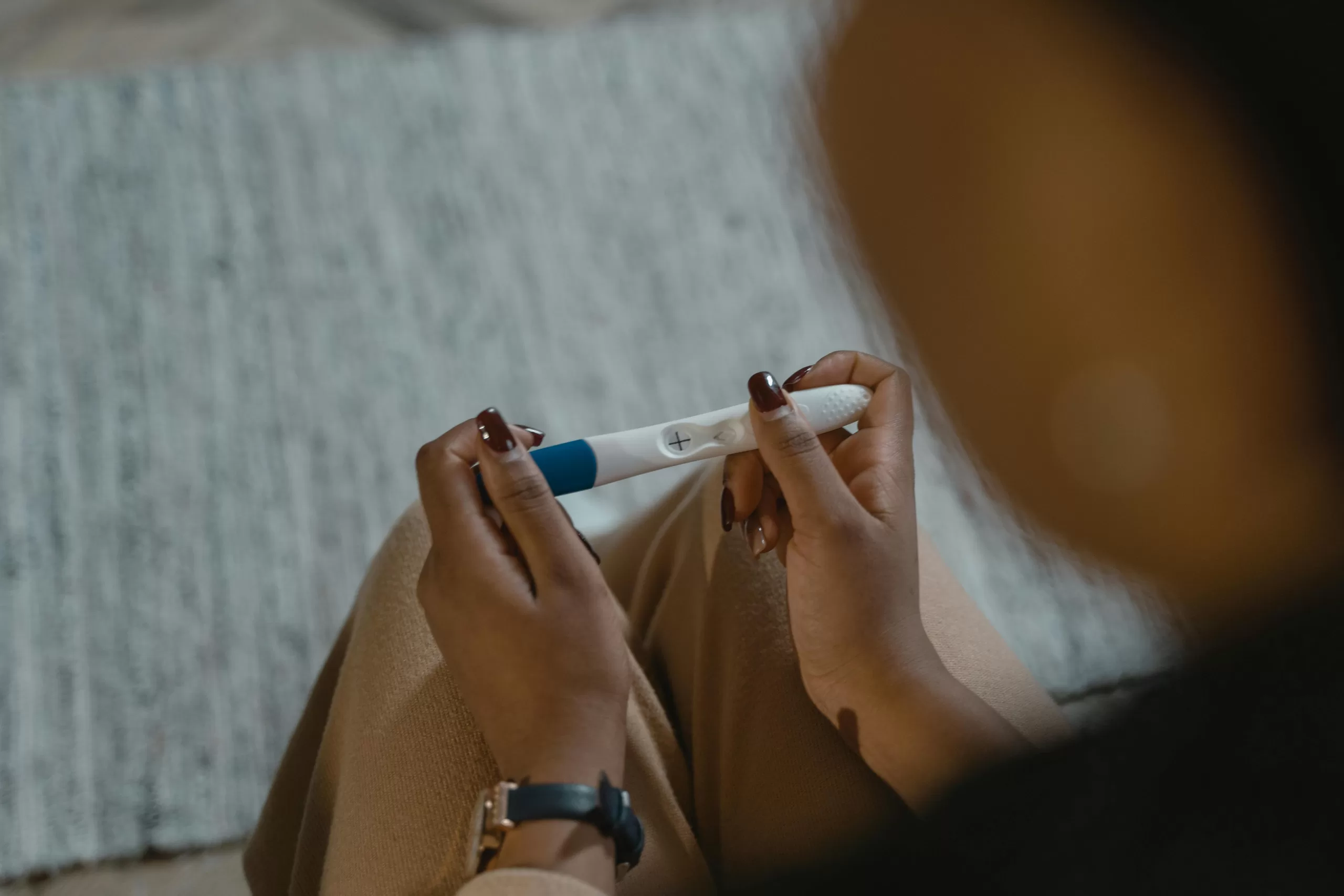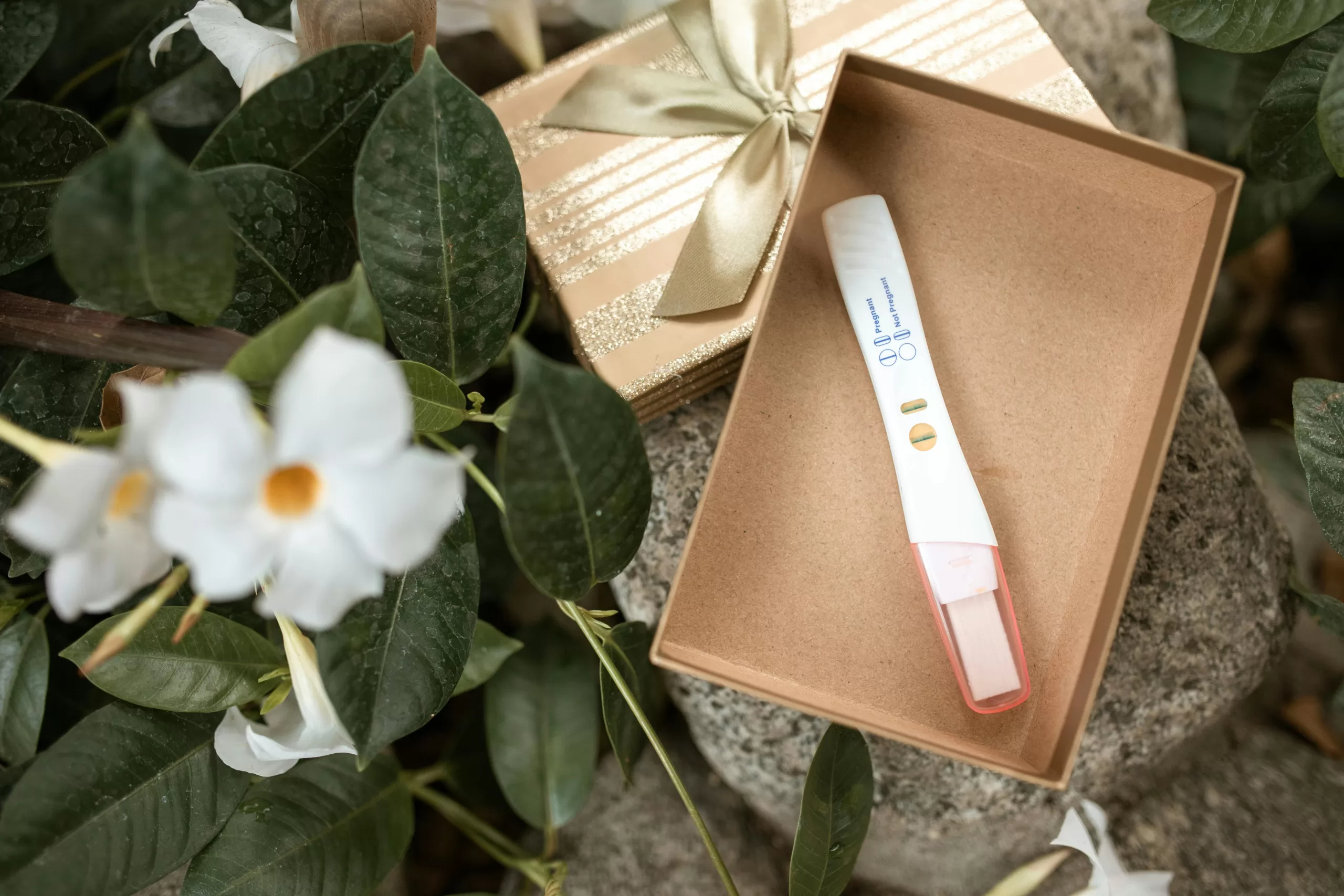

If you’re hoping to test for obstructive sleep apnea at home, you can either have your doctor prescribe a test or schedule a telehealth consultation with a physician (more on this for each device below).
Once a physician determines you’re a candidate for an at-home OSA test, you’ll be able to order a device online. Upon receiving the device, you can test at your convenience.
According to Seema Bonney, M.D., founder and director of the Anti-Aging & Longevity Center of Philadelphia, the main purpose of an at-home sleep apnea test is to determine if the sleeper is having trouble breathing.
“[An at-home test] uses a simplified breathing monitor that tracks oxygen levels and effort of breathing,” she explains. “It should check for at least oxygenation, movement of the torso (which is used to assess breathing), movement of the body (actigraphy), peripheral arterial tone (which measures respiratory events, or disordered breathing), and nasal pressure.”
While specifics vary slightly from test to test, the general idea is that you’ll use the provided sensors on your wrist, finger, or chest (ideally all three) to measure your breathing and heart rate throughout the night.
Once you stop the device the next morning, results will be sent to you or your physician. From there, you’ll need to speak with your doctor about the test’s findings and to discuss potential next steps.








